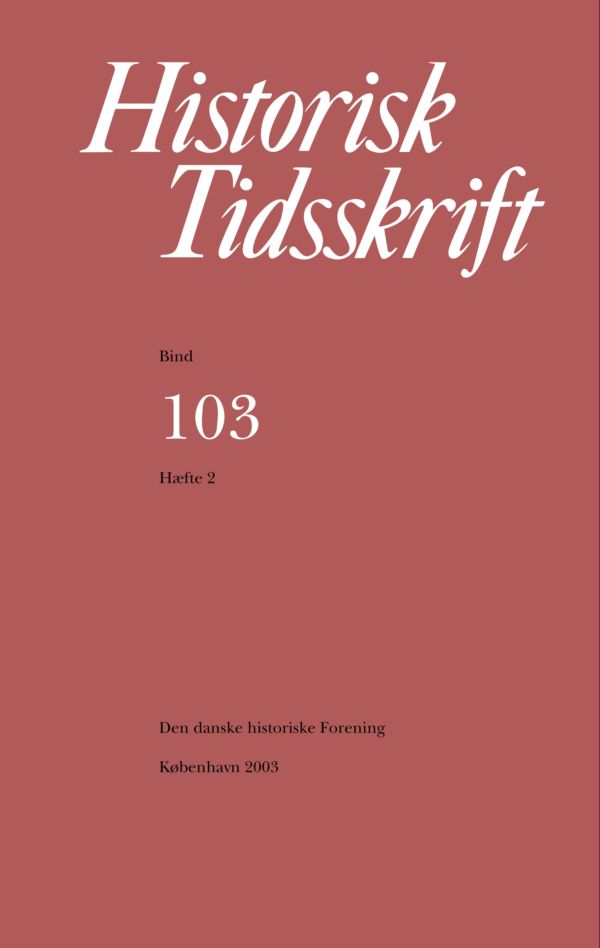Det danske pensionssystems endelige udformning. Kampen om pensionssystemet under Schlüter-regeringerne
Resumé
The final answer to the question of pensions in Denmark The struggle over pension models during the Schlüter governments, 1982-1993Based on interviews and archival public and private sources the policies of and negotiations between the government, leading political parties, and employers' and workers' organisations have been reconstructed. The Danish pension system was not conclusively established in the 195os and 196os, and during the 197os and early 198os the question of large-scale labour union controlled pension funds was raised. The centre-right governments of Poul Schlüter (1982-1993) succeeded in thwarting these attempts, and by 1991 a system emerged which combined a basic universal tax-financed pay-as-you- go pension system with decentralised pension funds based on contributions from employers and workers. The Danish pension system thus differs from both the other Scandinavian and European systems of income-related contribution-based pas-as-you-go systems. The new pension system also differs from the traditional Danish welfare-state system, based on universal and equal tax-financed pensions. And it may be interpreted as a deviation from the Social Democratic welfare model.This transition was not only ideologically motivated. It seemed impossible to increase the already very high Danish taxes in order to tax-finance a new pension system, and a tax-financed universal system would have collided with the existing, mostly middle-class pension schemes, based on savings. In fact, the Social Democrats and the labour unions accepted the new system, and this appears inevitable in view of the long-term development. It should be noted that the new system also differed from the liberal intentions of at least part of the centre-right government. Liberals would have preferred more stress on private savings and company based pension funds.Downloads
Publiceret
Citation/Eksport
Nummer
Sektion
Licens
Ophavsret til bidrag i Historisk Tidsskrift tilhører forfatterne og Den danske historiske Forening som udgiver af Historisk Tidsskrift. For illustrationer gælder den ophavsret, som står anført i billedteksten. Ophavsretslovens almindelige bestemmelser gælder, hvilket vil sige, at ophavsretten gælder i 70 år efter forfatterens død. Bidrag i Historisk Tidsskrift må derfor, med forbehold for en ”moving wall” på tre år, frit downloades, læses, gemmes, anvendes og citeres (med kildeangivelse) i privat og videnskabelig sammenhæng, men de må ikke helt eller delvis genudgives af tredjepart, heller ikke i redigeret form, uden tilladelse fra forfatterne og Den danske historiske Forening. Henvendelse skal i så fald rettes til Historisk Tidsskrifts redaktion på histtid@hum.ku.dk.





